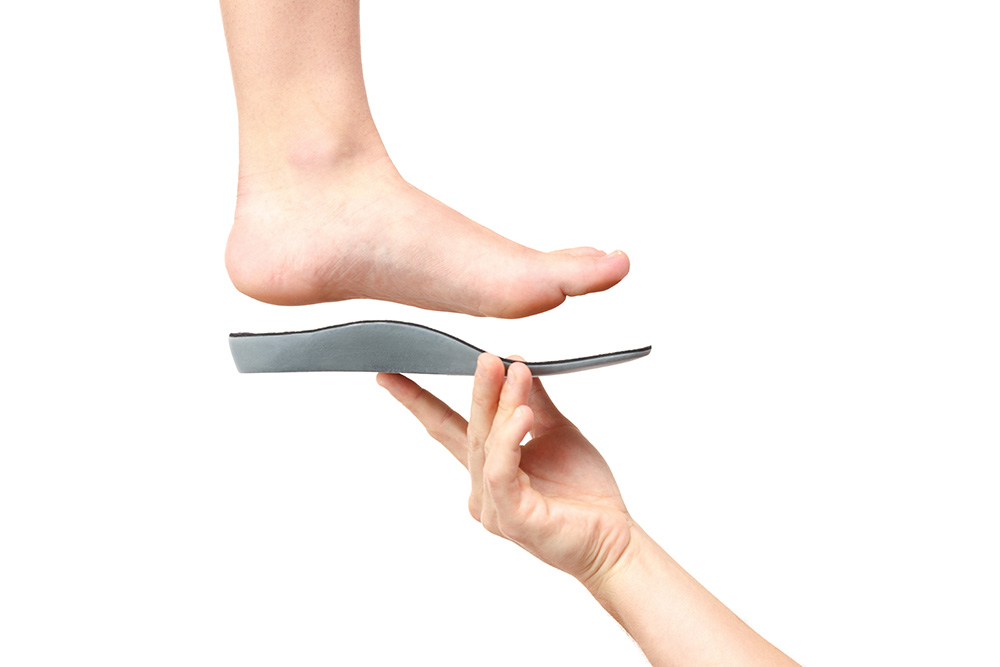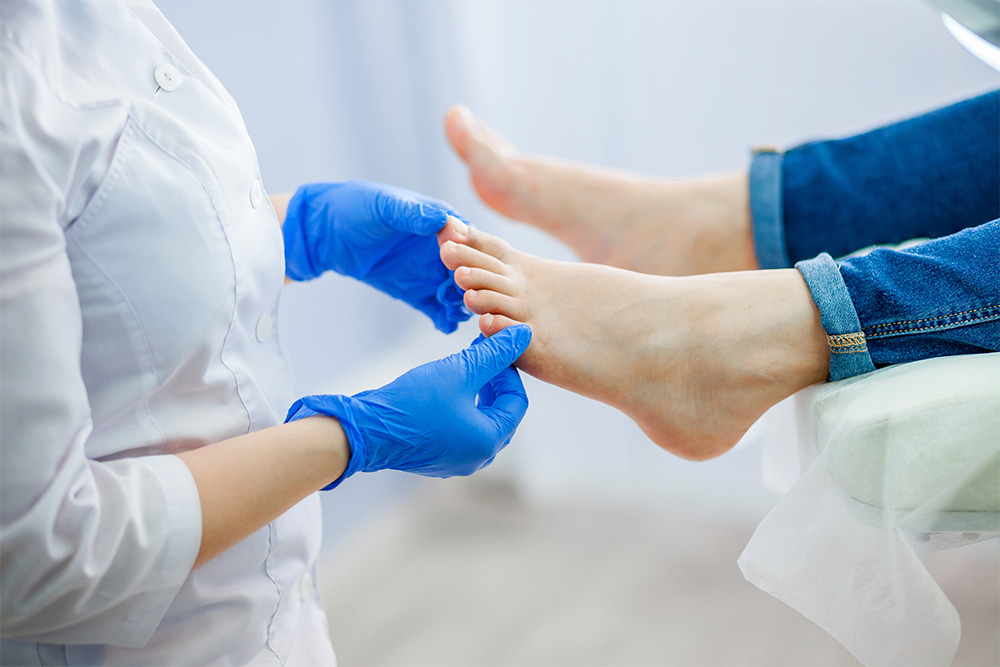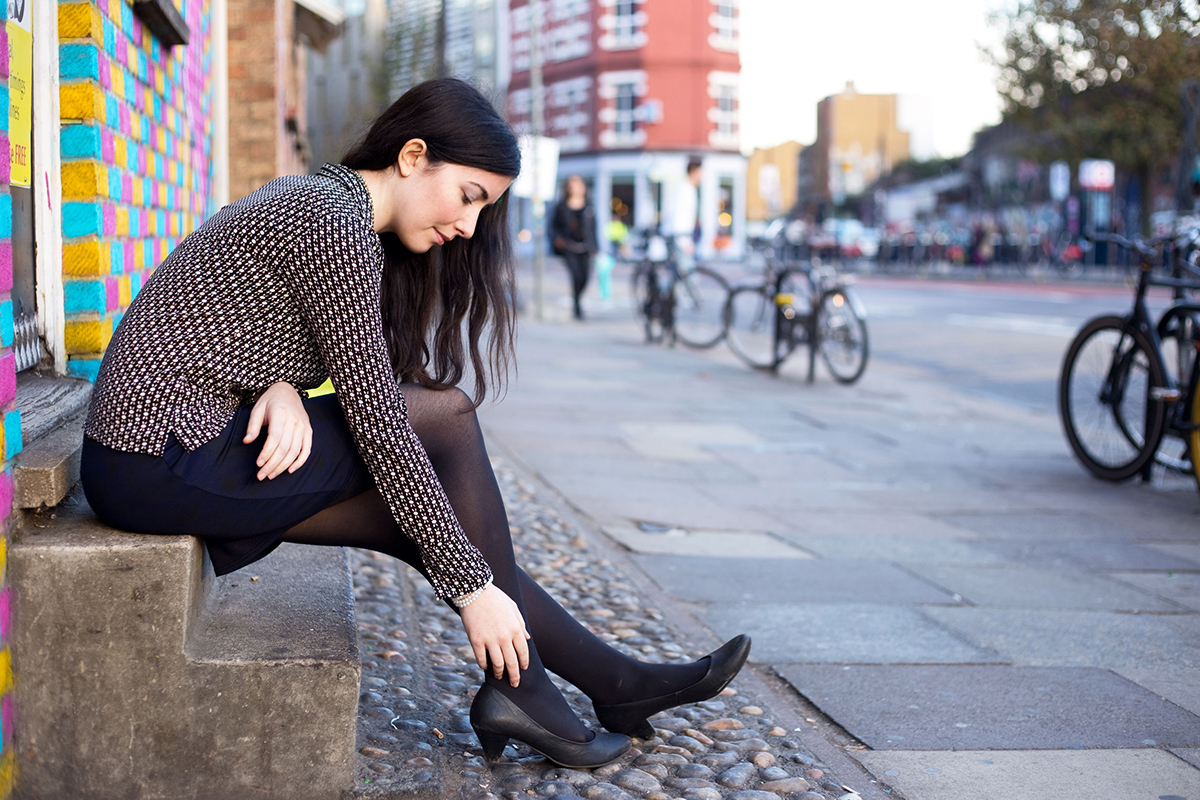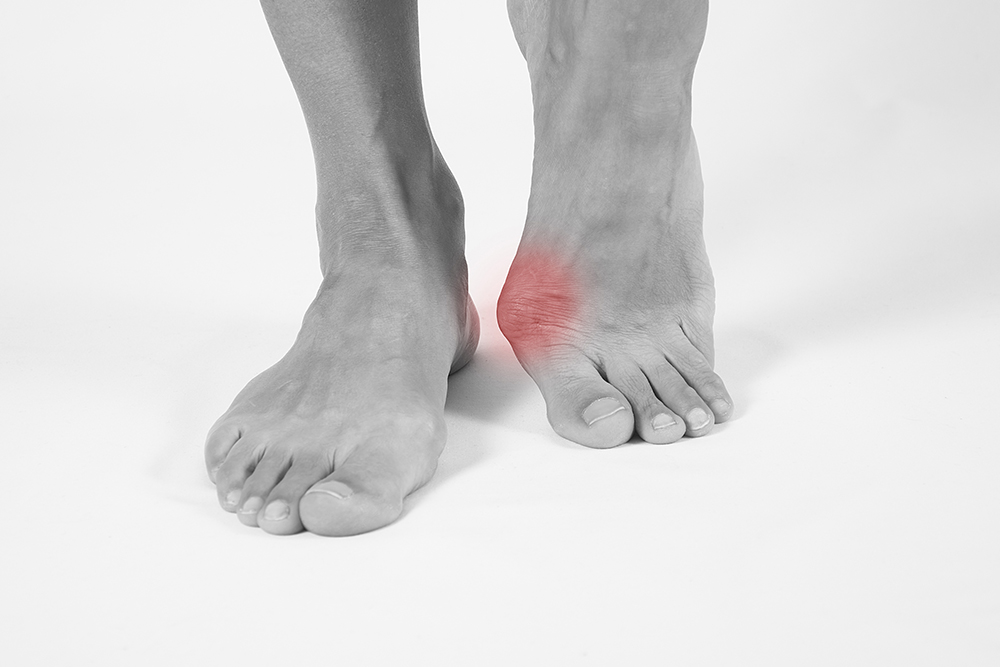
Bunions are one of the most common foot problems affecting both men and women.
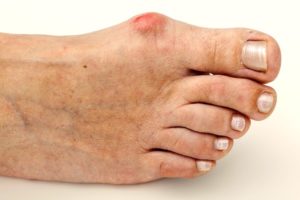 If you’re worried about developing a bunion, or have recently started seeing changes in the shape of your bones, we can help.
If you’re worried about developing a bunion, or have recently started seeing changes in the shape of your bones, we can help.
What is a bunion?
Bunions are characterised by a bony bump seen on the inside of the foot, by the big toe joint. They develop gradually over time and many people will not experience any pain or discomfort unless the bunion is irritated by tight shoes that rub against it. Others may notice marked swelling and redness as a direct response to pressure and high loads on the joint.
How do bunions develop?
As the bunion progresses, the associated bones and joints change shape, with the big toe angling to face the smaller toes. While this shape may start out being flexible (meaning that you can pull your toe straight with your fingers), over time this becomes a fixed and rigid deformity, often developing arthritis at the later stages. This can impair balance, cause long term pain and make footwear shopping a difficult task.
At My FootDr, we aim to help prevent the early development of bunions by addressing the factors that overload your big toe joint and kickstart the bunion developing. If it has fully developed, My FootDr will find which bunion care option works for you.
What causes bunions?
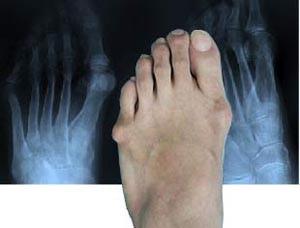 Medically known as Hallux Abducto Valgus (HAV), bunions are the result of excess loading or pressure on the big toe joint at the ball of the foot. Common reasons for this pressure include:
Medically known as Hallux Abducto Valgus (HAV), bunions are the result of excess loading or pressure on the big toe joint at the ball of the foot. Common reasons for this pressure include:
- A flat (pronated) foot type that rolls down and places more pressure on the big toe joint during every step
- Ill-fitting footwear, such as high heels and tight narrow shoes, put added pressure on the big toe, as well as painful rubbing against the bunion
Foot biomechanics (alignment and function) that create instability in the big toe joint may also play a part in the development of bunions, and this alignment is often why bunions “run in the family“. While bunions can’t be inherited, foot characteristics that make you more likely to develop a bunion can be inherited.
How we help bunions
Where possible, early detection and management are ideal for achieving the best long-term results. If your bunion is pronounced but still flexible, it may be possible to reduce its severity. Finding the right bunion treatment needs to be assessed on a case-by-case basis as the features of a bunion can be so different. Once assessed, we can let you know what you can expect and if a non-surgical treatment is viable.
The first step is identifying what has led to your bunion developing, or if it hasn’t started yet, what your risk factors are. This will include assessing the way you walk, the function of the bones, joints, ligaments and muscles in your feet and legs, checking any restrictions and the movement available in the joints of your feet and around your big toe, and other tests.
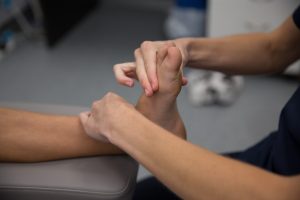 Your My FootDr Podiatrist will then create a bunion treatment plan based on what will help achieve the best outcomes for your feet and bunions. If flat feet or other alignment problems are causing your bunion, we have good success using custom orthotics to relieve pressure away from the big toe joint.
Your My FootDr Podiatrist will then create a bunion treatment plan based on what will help achieve the best outcomes for your feet and bunions. If flat feet or other alignment problems are causing your bunion, we have good success using custom orthotics to relieve pressure away from the big toe joint.
We’ll recommend footwear to reduce pain and pressure on the big toe joint and help prevent further bunion development. Wide, accommodating footwear with a low heel is important to compliment orthotics and reduce pain.
Surgical correction of bunions is an option, but should only be considered after other podiatry care options have been explored due to its invasive nature.
Tailor’s bunion (bunionette)
You can also develop bunions on the outside of your foot, by your little fifth toe at the ball of the foot. This is called a tailor’s bunion or a bunionette. This name originates from its history of prevalence among tailors, caused by the way they would sit on the floor. While the smaller size of the joint means that it is less pronounced compared to a standard bunion, it can still cause pain, rubbing and make fitting shoes difficult. See your My FootDr podiatrist if you’re worried that you are developing a tailor’s bunion and what bunion treatments can be utilised..
My FootDr’s top tips for bunions care
- Seek early diagnosis and management from your podiatrist
- Choose the right footwear for your feet
- Wear custom foot orthotics if prescribed by your podiatrist
- Commit to an annual check-up to keep the bunion under control
Bunion FAQs
What is the best treatment for bunions?
Depending on the severity and the amount of pain it causes, bunion treatment options can vary. Before resorting to surgical options, such as removing the swollen tissue around your big toe or straightening your big toe by removing bones, your doctor will suggest conservative treatment options. These may include changing shoes, using custom orthotics, or medication. It is important to talk to your podiatrists about which option is best for you.
Do non-surgical bunion treatments work?
Non-surgical bunion treatments have proven to be effective amongst My FootDr clients. As surgical treatments are the recommended ‘last option’, we explore various non-invasive bunion treatments to reduce the pain caused by bunions and minimise their development.
Do you need treatment after bunion surgery?
While there are no mandatory follow-up treatments, your doctor may request you partake physical therapy to help you strengthen and exercise your foot and lower leg.
How long does it take to recover from a bunion surgery?
Recovery after a bunion surgery takes six to eight weeks, but full recovery from a removal surgery can take up to six months.




